20 Smart Tips to Nail Grocery Shopping on a Budget
An insider’s guide to grocery shopping on a budget – yes, it’s possible!

Author: Kari Lorz – Certified Financial Education Instructor
A family’s food budget is one of their largest spending categories, so it makes sense that if you need to save money, this is the place to do it!
Yes, everyone knows that dining out is expensive and that eating at home saves money. But even within at-home dining, there’s a lot of wiggle room to save. Grocery shopping on a budget is possible if you know the tricks.
Luckily, I know these tricks as I worked in a grocery store for six years and am a money-saving fanatic. Today, I’m spilling all the secrets! Let’s get to saving!
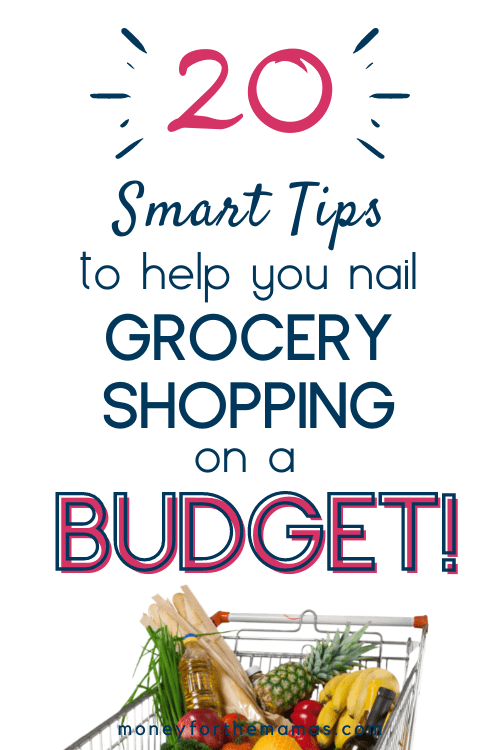
This post may contain affiliate links. If you make a purchase, I may make a commission at no cost to you. Please read my full disclosure for more info
20 tips to grocery shopping on a budget
1. Be flexible with your recipes.
When meal planning, you write down the ingredients you need. If you get to the store and you need 1/2 tsp of some obscure spice, and you haven’t used it before (and probably won’t need it again), maybe you should nix it from your grocery list and save that $5.99 4 oz bottle.
Of course, you could look in the bulk spice section, so you can buy just a tiny amount, or substitute it with something you already have, or go without.
Making a meal plan sounds daunting, I know but you can make it easier by getting organized. Grab your grocery list & menu plan to help get you to do a freezer & pantry inventory. That way you can meal plan around what you already have in there.
It goes without saying, that you should meal plan similar flavor profiles together, so the ingredient list will overlap, so you buy and waste less. Also, make sure that you’re meal planning with ingredients that aren’t expensive. If you’re not sure about a particular item, Google it!
2. Buy from the bulk bins
This is by far the easiest way to save! Buying from the bulk bins means you’re not paying for packaging, package design overhead, marketing overhead, etc. The benefits are also that you can buy just the amount you need or stock up.
It’s helpful to know your store’s bulk department; the only time I pass these items is if they seems stale. Ask the clerk how often they rotate goods.
Now the price per ounce difference may be just a few coins, but over a year they all add up, and they add up to a lot! Besides, you’re also helping the environment by lessing the plastic packing load.
| Item: | Shelf price/oz | Bulk price/oz |
| almond granola | $.16 | $.11 |
| mixed nuts | $.79 | $.42 |
| ground cinnamon | $.41 | $.31 |
- Durable and Reliable: When you choose EatNeat, you’re choosing durable glass kitchen canisters that can last a long time. Crafted from high-quality borosilicate glass, our containers are designed to last, providing you with a reliable storage solution for years to come. The airtight lids ensure that your food stays fresh and free from contaminants, making them a wise choice for your family. Whether you’re storing pasta, rice, or snacks, you can trust EatNeat to keep your ingredients fresh and your kitchen organized.
- Help Organize Your Kitchen and Pantry— Imagine every time walking to your kitchen or pantry, found everything is neatly organized. No longer messy, you can get everything you want very quickly. With the stackable and space-saving design, these containers will make more efficient use of every inch of your kitchen pantry cabinets.
3. Buy dry goods
Now I know that soaking beans to make into chili sounds very old-fashioned, but it will save money on your grocery bill from their canned versions. With canned goods, you’re paying for water weight. So take a moment to buy dry beans/grains and soak them yourself. SpruceEats estimates that 1/2 cup of dried beans = one 15 oz can of beans.
This is also a great way to help control the salt content of your food, as canned goods traditionally have a lot of salt.
For example, let’s look at kidney beans.
- bag of dry kidney beans: $1.29 for a 16 oz bag = 4 cans = $.32 a can
- can of kidney beans: $.74 for 15 oz
So, buying a bag of beans is similar to paying $.42 less a can.
4. Don’t buy single servings of snacks
Yes, I know it’s very convenient to do this, as a small bag of crackers takes 2 seconds to put into a lunch box. But it costs a lot more, and you get a lot less. Besides, it seems that only highly processed food comes in snack packs. Grab some healthy food snack options instead and make your own snack size portions (i.e. whole-grain crackers, mixed nuts, nut butter and pretzels, dried fruit etc). Sure, it may take 10 minutes to do this, but healthy eating is important to instill at a young age.
- Doritos
- Family size: $3.98 for 14.5 oz bag = $.27 an ounce
- Snack size: $7.78 for 18 – 1 oz bags = $.43 an ounce
- Goldfish Crackers
- 30 oz carton: $6.89 = $.23
- snack pks: $4.19 for 9 – 1 oz bags = $.47 (double the price!)
- Mother’s Animal Cookies:
- $2.69 for 11 oz bag = $.24
- snack pks: $4.19 for 12 – 1 oz bags = $.35
- THE ORIGINALS: EasyLunchboxes are often imitated, never duplicated. The original stackable, portable, reusable, and affordable way to prep healthy snacks for school, work, or on the go
- VALUE PACK:Package include 12pcs 250ml/8oz small plastic food freezer storage containers.
- 【FOOD GRADE MATERIAL】 Choose SPLF brand for TRULY food-grade reusable storage bags. Made of food-grade PEVA material that is PVC, BPA, Chloride and Lead free. Healthy and safe for family and earth.
5. Know your portion sizes
According to the American Heart Association, a portion size of meat is 3 oz cooked. That’s probably a lot less than the massive chicken breast at the meat counter. This can be great if your family likes leftovers, but sometimes this food goes to waste (aka in the garbage). So don’t buy four chicken breasts for your family of four; maybe buy two and cut them in half to help cut your grocery bill.
6. Compare the price per ounce
Many shelf-stable food items (dry goods) come in a few different size options. Usually, the larger size has a more cost-effective price per ounce but not always, so it’s worth it to figure it out. Take the price divided by the ounces, and there is your number. If you buy this item often, then buy the size with the cheaper cost per ounce. If it’s something you haven’t bought before or hardly buy, then buy the smaller one (you may not like it, or it may expire before you eat it all).
7. Shop the top & the bottom of the shelves
Do you know that brands pay more to be on the shelf at eye level in some store chains? And since that costs more to them, they up their price. The cheaper options are usually on the top shelves or the bottom shelves. So squat down and look there for the lower-cost cereal, sauce, or crackers.
8. Look at your expiration dates
All grocery stores should be practicing FIFO shelf stocking (first in, first out); this keeps older items up in front so that they don’t have to throw anything away due to it expiring. So for all items, I grab from the back of the shelf where the newer items are. So it will last longer in my pantry, and I won’t waste it. That being said, not all store employees take the time to FIFO as they should be. So take a few seconds and compare dates.
9. Expiration dates – part two
If there’s an item that you need, and you’ll use it all in one sitting (aka for tonight’s recipe), and it will expire within two days, ask a clerk for a discount. Sometimes they’ll say yes and give it to you for free or half off. Sometimes they don’t discount anything as a store policy; then, they’ll say no. But it can’t hurt to ask. I’ve personally given away many near expiration dairy items because stores would rather get goodwill than tell someone no, just to toss it a day later.
10. Sample it!
Don’t you hate it when you buy something for the first time, take it home and try it, and you HATE it! In the garbage, it goes, and the $5 you paid for it. Many stores will sample items to you; just ask. I have reduced my monthly grocery budget many times by sampling a food item first.
I hate to say it, but when asking store clerks to do something nice for you, it always pays to be especially nice and polite to them. It was astonishing how many abrupt, rude, and snarky people asked for “favors.” If you’re nice to me, I’ll be nice to you!
11. Return it!
If you buy something and don’t like it, or it tastes off to you, then absolutely return it. All stores have a return policy, yet many customers don’t use it. (If it’s a bad fruit/veg item, please don’t actually bring it back into the store, just bring your receipt, the store will take care of you, we don’t need you to prove you have a rotten peach). Oh, and don’t think you have to make an extra grocery trip to return it fast. It’s normal to return a food item up to a couple of weeks after purchase.
12. Shop with a calculator
If you are grocery shopping on a budget, then you should absolutely be adding up your totals on your shopping list as you go through the aisles! Yes, it’s slightly annoying writing down all the prices, but you will spend a lot less this way, guaranteed.
13. Use your store loyalty card
Yes, it seems that you get only a few points per trip, but they all add up! In addition to earning points, they may offer coupons as well! Double bonus! Some programs even report back to you on your monthly grocery budget and how much you saved by using their app!
14. Generic & store brand items
Don’t be afraid to try generics; they are probably the exact same as the brand label one to the left of it on the shelf. Go ahead, flip the package over, look at the ingredients; they’re the same. Usually, you can always find the manufacturer in teeny tiny letters on the back of the product; and yes, that’s the same name on the brand label in your other hand!
For generic pain relievers, be sure to look at the “active ingredient” and then the others to make sure they are the same.
15. Use a handbasket instead of a cart
Now I know this might cause problems, but your brain (and arm) registers that the basket is getting full as you’re shopping. You’ll spend less time in the store and buy less too.
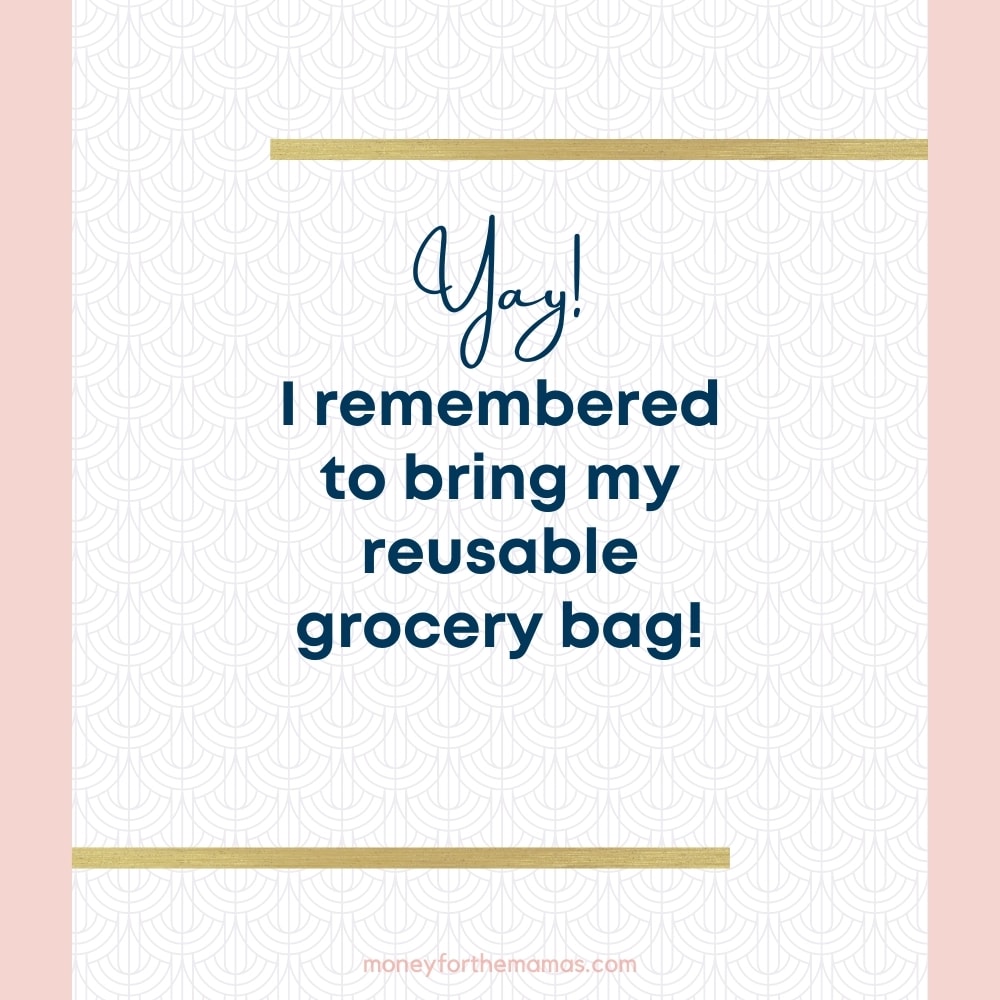
16. Dump it!
When you get to the register, make it a habit of giving 1-2 items back to the cashier and tell them you’re not buying it. It’s totally okay to do this, don’t feel bad at all. It happens quite a bit, especially with moms that have kiddos. Just slide us the oreo’s nice & quiet, your four-year-old won’t see you!
17. Embrace the frozen vegetable
There are some items that, when you buy frozen, are a much better deal. Think about it, how many bags/bunches of spinach do you need to buy that equal the same amount in those frozen bricks? Yup, you’d need maybe three bags of fresh spinach to get the one frozen brick. Besides, frozen veggies are just as nutritious as their fresh counterparts.
Besides, at certain times of the year (aka out of season), fresh produce is priced at a premium. Frozen produce isn’t subject to those seasonal price hikes.
Harvard Health reports that “Fresh produce can lose half of its vitamins and phytonutrients during storage or cooking. Frozen produce may contain more vitamins and phytonutrients than days-old fresh items, though additional cooking and storage after defrosting may close that gap.”
18. Don’t buy the precut!
Along the same line as individually packages snacks comes the produce that has already been conveniently cut up for you. The store pays a staff member to stand in the backroom and cut fresh fruit & vegetables all day, and that costs a lot, and you end up paying it! Just stay away.
Cutting your own veggies may take a few minutes, but it will be fresher, and you don’t have the plastic packaging that the precut came in. So you’re saving money and saving the Earth, ya you!
This also goes for meats that have been marinated or the already made crab cakes. You can make your own. It won’t take as long as you think it will.
Sometimes we don’t need a whole watermelon, so the prepackaged looks like a good option. Ask the produce clerk to cut the melon in half for you. They should be able to do that for you easily.
When cutting your fruit & vegetables, look at your meal plan for the week, can you cut it all today and save time? Probably! Take a Sunday afternoon, and do some basic meal prep for your recipes. You’ll be happy you did come Thursday when you’re home late due to crazy traffic!
19. Scan your receipts
There are so many different ways to save money with your receipts, and it pays to use them, especially a lot of them. Get cashback from ibotta (sign up for $10 in welcome bonuses) for buying an item (earn bonus too), and earn points with fetch on the whole receipt. And, why not use Coupons.com to either print manufacturer’s coupons or use their digital ones with their app.
20. Use cash
The cash envelope budgeting method is the best thing to happen to budgeters since the beginning of time. It’s literally impossible to overspend if you only bring a certain amount of cash with you. The beauty is in its simplicity, and it’s foolproof! It’s very easy to do, and you can make your own cash envelopes from these templates just to try it out. Or, if you’re all in on this method, you can grab your cash envelope budget planner here!
How much do people spend on groceries?
When looking to save money at the grocery store, it’s helpful to know the average spending by your peers. Because if you’re already spending at the low end, your potential savings may be less than someone that’s blowing it out of the water.
Now there are two numbers we’ll look at.
1) How much we “should” be spending on groceries
The USDA says that for January 2022, puts out a chart every month that gives guidelines on how much we should be spending on food at home.
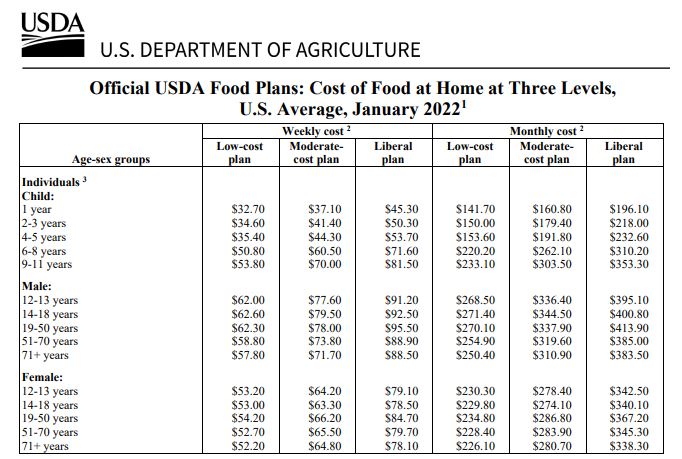
I go deep into this chart and all the factors that play into it in How Much Should I be Spending on Groceries? It seems reasonable for some people, but definitely not all people, especially those in HCOL, food deserts, or those with special dietary needs.
If you want to know exactly how much grocery gurus think you should spend then check out Erin Chase’s Grocery Spending Formula in her free Grocery Savings Workshop!
2) How much we’re actually spending on groceries
According to NerdWallet, “The average cost of groceries for U.S. households is $4,643, based on 2019 data from the U.S. Bureau of Labor Statistics. This works out to about $387 per month. Grocery spending has likely increased during the pandemic with people going out to eat less often.” At the same time, food outside of the home comes to $3,526 a year, or $293 a month.
These monthly figures seem really low to me, but my experience is shopping in a suburban area as a white mom with a good family income. My experience isn’t everyone else’s, and I realize that.
Yet, no matter your income level, you can still go grocery shopping on a budget, and here’s how to save money at the grocery store!
At the end of the day
Grocery shopping on a budget doesn’t need to be depressing. In fact, saving money at my favorite grocery store makes me feel very accomplished! I love scoring great deals on my grocery list. You don’t need to be an extreme couponer to do it. You just need to know a few tricks, keep your eyes open and be nice to the store clerks 🙂 With these tips & tricks, you’ll be saving tons on your grocery budget, I promise!
Articles related to grocery shopping on a budget:
- How Much Should I Even be Spending on Groceries?
- Frugal Meal Planning Made Easy!
- How to Save Money on Groceries BEFORE You Step Foot in a Store
- The Absolute Cheapest Grocery List Possible!
- 50 Cheap Foods to Fill Your Pantry
- Finding a Cheap Laundromat Near You

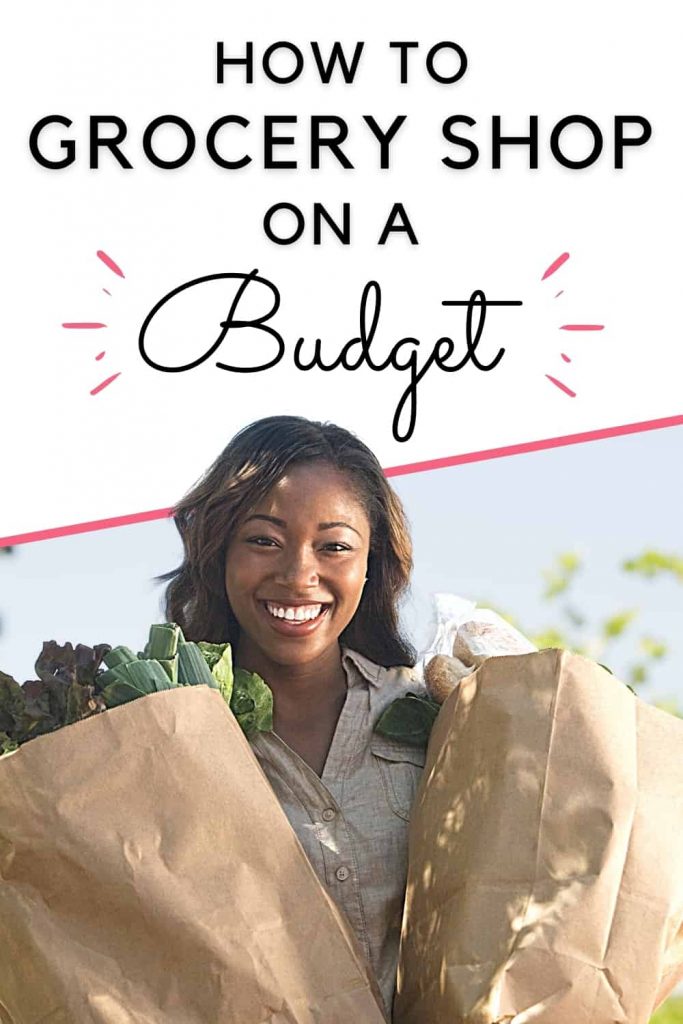
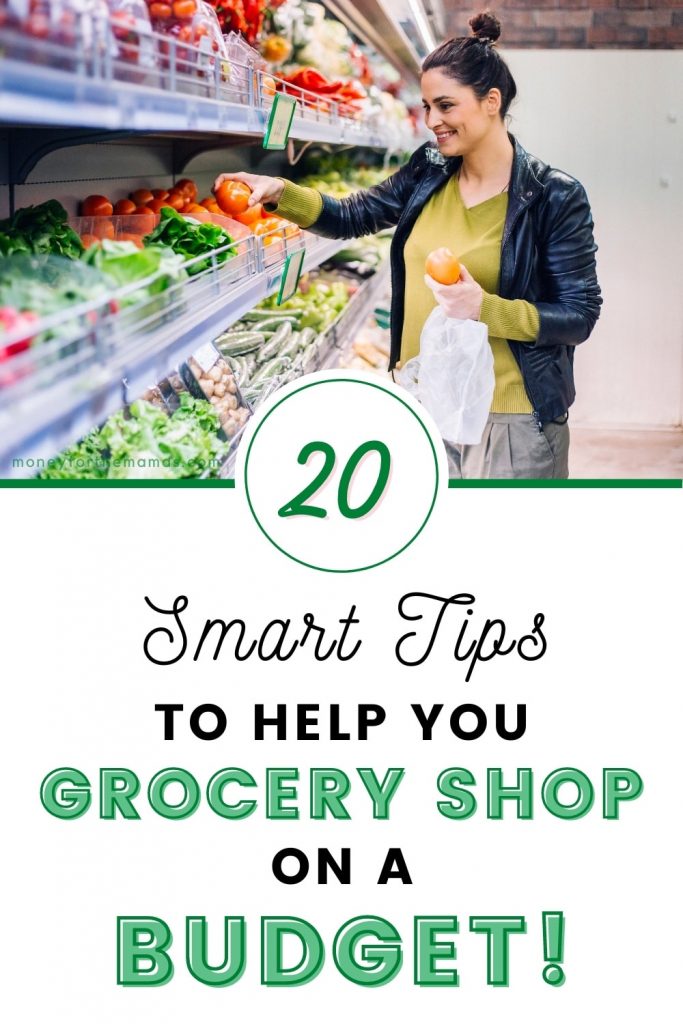
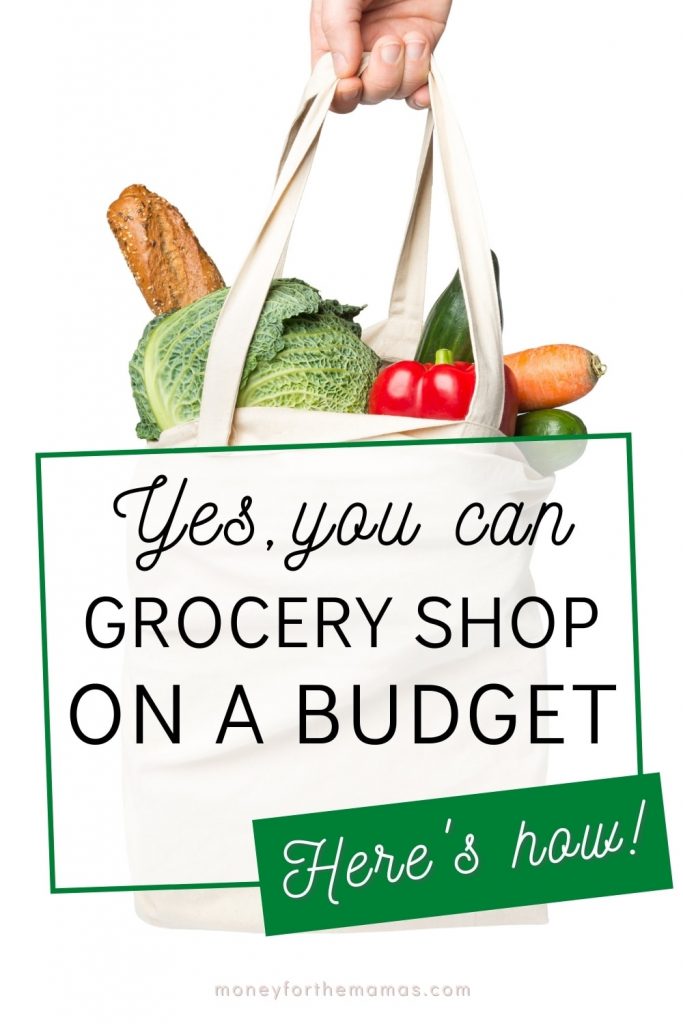
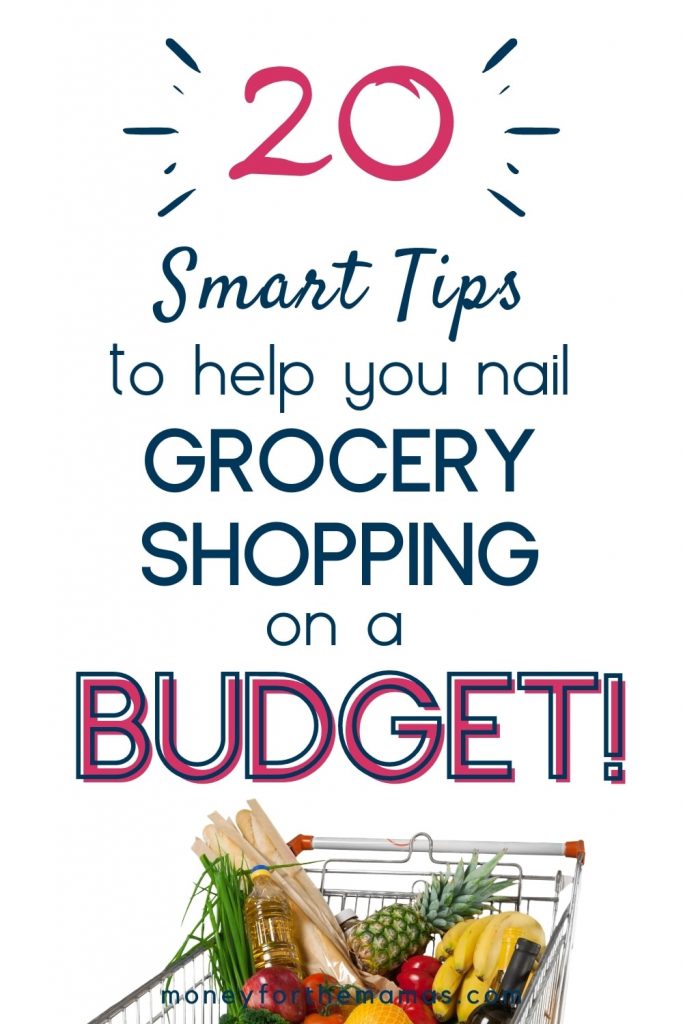






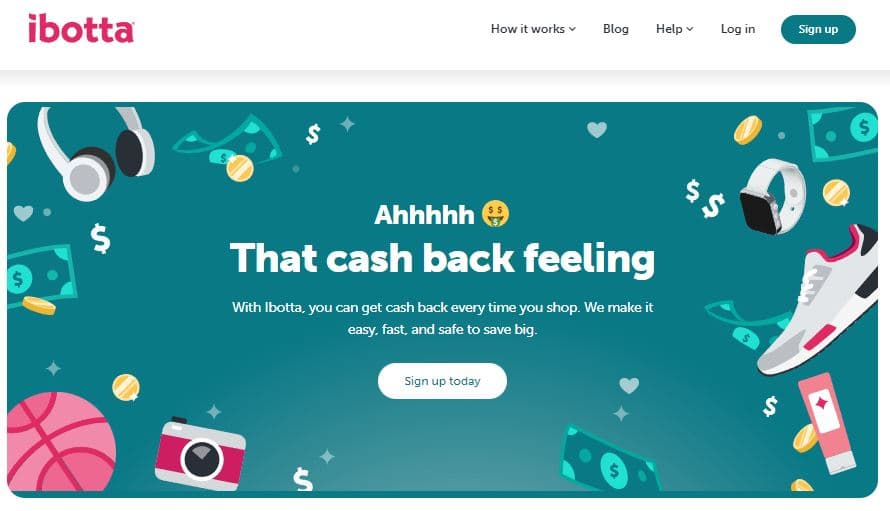

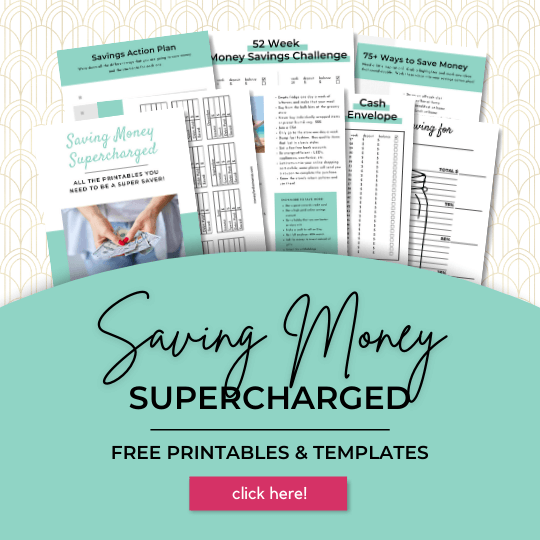
It’s amazing to know how we could save money when going grocery shopping! Recently, my wife and I realized we spent a lot of money on grocery trips! We want to start saving for our kitchen’s renovation project, so we’ll be sure to read your tips very carefully! Thank you for the advice on planning our meals and making lists of accessible ingredients!
Great list! I am totally guilty of buying the single serve and your data is a good reminder to stop! AND I forget about frozen veggies and fruits, and they are a great value..thanks for the reminder.
Singe serve is so much more convenient, I totally get it. I’m guilty of them for car snacks, I justify it by telling myself it’s keeping me from going through the drive-thru 🙂
I didnt know about tip 7 that it is also a factor. I will check on that 🙂 thanks for these great tips!
So glad you liked the post! Thanks for stopping by:)
Loved all these tips! I’m looking to cut down on my monthly grocery budget and can’t wait to apply these. I will start checking the top and bottom shelves more! And yes, I’ve been buying more frozen veggies lately after throwing out a couple of bags of spinach. Not full, but still it’s such a waste! You lose money and it’s bad for the environment too. Thanks for the tip about scanning receipts for cashback! Need to look at those apps.
Oh the last dregs of the fresh spinach bag! I have that happen too sometimes, and it’s bad because the spinach stinks so bad! 🙂
Wow, I didn’t know about the top & bottom shelf thing! I’ll have to pay more attention. Also totally agree about the store brands – most of the time that food is sooo good
Yes, products & brands pay a lot more to be right at eye level of the customer! Those crafty marketers! 🙂
These are honestly such amazing tips – my faves are buying from bulk bins and scanning your receipts! Earning points on your buys makes it seem like such a game – making it fun! Thank you for sharing 🙂
The bulk bins are the best! I saw some great dried fruit options that I need to go back and get a closer look at, as the packaged ones are crazy expensive.
I always try to know my portion size when shopping. I also like it budget ahead of time and try to plan out what stores I am going to ahead of time to try it save money. All of these tips are great.
Yes, portion sizes are important! Or if you can’t help it, immediately cut the portion in two and put half in the fridge for lunch the next day. It’s an easy way to set yourself up for success the next day and to save money and not waste food.
You really have to watch the bulk items. There have been times I have found that buying smaller is actually the better buy. I usually look at the cost per ounce/lb of each item then make my decision based on that. Love using Fetch for rewards.
Yes, using the cost per ounce is the best way to buy (as long as you know and like the item), and if you can use it in a timely manner (i.e. before it expires).